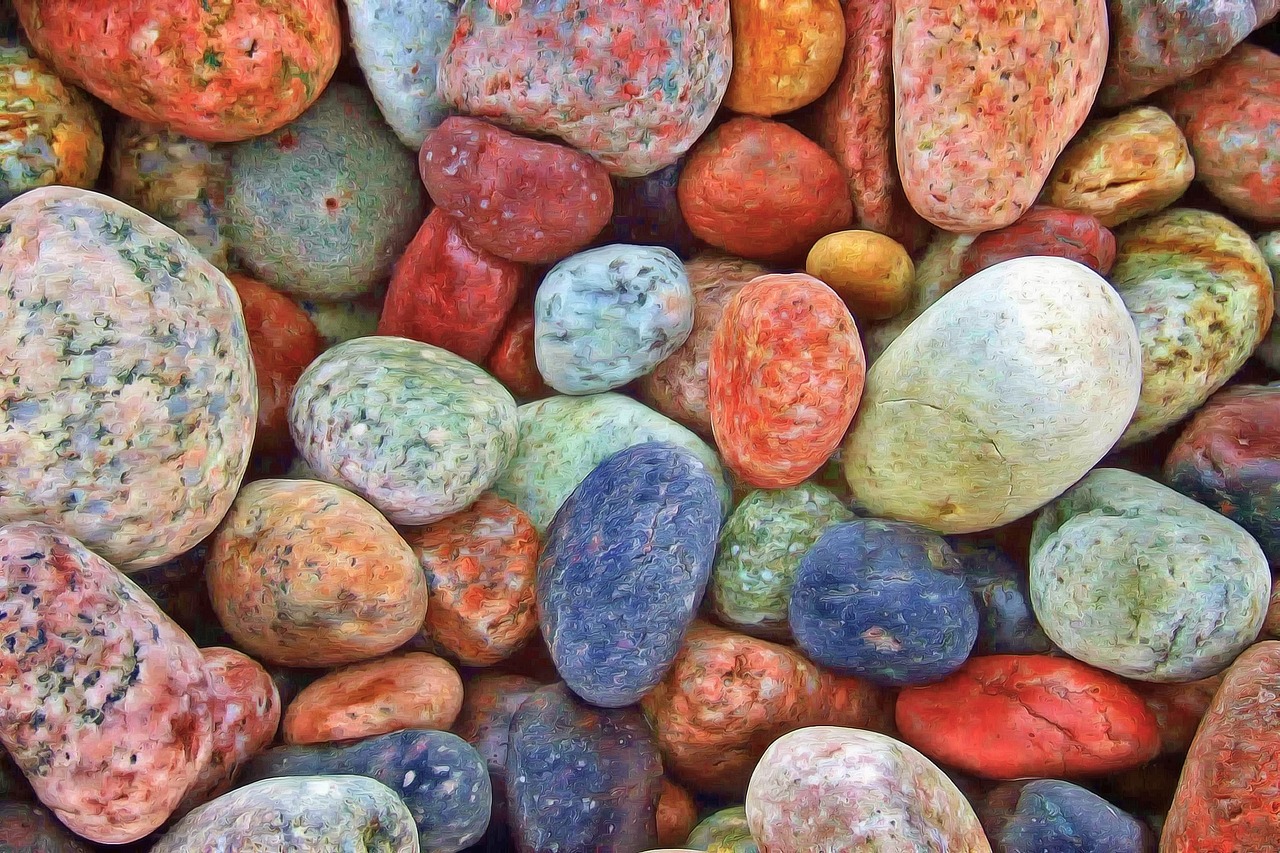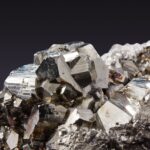The distinction between pure substances and mixtures is a fundamental concept in chemistry. It forms the basis for understanding the composition and properties of matter. In this article, we will explore the nature of chromium to determine whether it is a pure substance or a mixture. Chromium is a fascinating element with a variety of applications, and it is crucial to establish its classification correctly. To make this determination, we will delve into the properties of chromium, its isotopes, and its various forms, while drawing upon relevant sources and scientific knowledge.

Pure Substance: A Closer Look
Before delving into the specifics of chromium, it is essential to understand what is meant by a pure substance. A pure substance is a material that is composed of only one type of atom or molecule. These substances cannot be separated into other substances by physical means. In contrast, a mixture is a combination of different substances that are physically mixed but retain their individual properties.
Chromium: The Element
Chromium is a chemical element with the symbol Cr and atomic number 24. It is a lustrous, hard, and brittle metal that is known for its corrosion resistance, making it a vital material in various industries. As an element, chromium is considered a pure substance due to its atomic structure.
Chromium’s Atomic Structure
To understand why chromium is classified as a pure substance, it is crucial to examine its atomic structure. In the periodic table, elements are organized based on their atomic number, which represents the number of protons in the nucleus. Chromium, with an atomic number of 24, has 24 protons in its nucleus. The number of protons defines the element and is unique to each element. In the case of chromium, it consists solely of chromium atoms with 24 protons, making it a pure substance.
Isotopes of Chromium
While chromium is undoubtedly a pure substance, it is essential to mention that there is more than one form of chromium, known as isotopes. Isotopes are atoms of the same element with the same number of protons but different numbers of neutrons. These isotopes have slightly different atomic masses.
Chromium has several isotopes, but only four of them are naturally occurring: chromium-50, chromium-52, chromium-53, and chromium-54. These isotopes have atomic masses of 49.946, 51.941, 52.947, and 53.941 atomic mass units, respectively. While isotopes may have different atomic masses, they are still considered the same element because they all contain 24 protons in their nuclei.
The presence of isotopes does not change the fundamental classification of chromium as a pure substance. It is akin to saying that all dogs are pure dogs, whether they are small Chihuahuas or large Great Danes – they are still dogs. Similarly, all isotopes of chromium are still chromium because they have the same number of protons.
Different Forms of Chromium
Although chromium as an element is a pure substance, it can exist in various forms, each with distinct properties. These forms are not mixtures but are the result of different chemical and physical conditions. The primary forms of chromium include:
- Metallic Chromium: This is the most common and recognizable form of chromium. It is a hard, lustrous metal with a silver-gray appearance. Metallic chromium is often used in the production of stainless steel and other alloys due to its corrosion-resistant properties.
- Hexavalent Chromium: This form of chromium is in the +6 oxidation state and is known for its toxicity. It is used in various industrial applications, such as chromate conversion coatings, but poses health and environmental risks.
- Trivalent Chromium: In its +3 oxidation state, trivalent chromium is less toxic than hexavalent chromium. It is used in various industrial processes and is also an essential nutrient for the human body.
- Chromium Compounds: Chromium can form a wide range of compounds with other elements, resulting in various colors and properties. For instance, chromium oxide is used as a green pigment in paints and ceramics, and potassium dichromate is a bright orange chemical used in laboratories.
These different forms of chromium do not change its classification as a pure substance because they are all composed of chromium atoms, each with 24 protons in their nuclei. The differences arise from variations in the arrangement of electrons and oxidation states, not from the presence of different elements.
Chromium in Nature
Chromium is naturally found in the Earth’s crust, typically in the form of chromite ore, which is a mineral composed of iron, chromium, and oxygen. This naturally occurring compound still consists of chromium atoms, iron atoms, and oxygen atoms. Therefore, it does not constitute a mixture in the chemical sense.
The mining and extraction of chromium from chromite ore involve separating chromium from other elements, such as iron and oxygen, but this process does not alter the fundamental nature of chromium as a pure substance. Even in its natural state within chromite ore, chromium is a pure element.
Chromium in Alloys
One of the most well-known applications of chromium is in the production of stainless steel. Stainless steel is an alloy composed of iron, chromium, and other elements like nickel and molybdenum. In stainless steel, chromium imparts its corrosion resistance to the alloy. However, it is important to recognize that even when incorporated into an alloy, chromium remains a pure substance within that alloy. The properties of the alloy are determined by the specific combination of elements and their proportions.
In the case of stainless steel, chromium atoms are still chromium atoms, and they are not chemically bonded to other elements. Therefore, stainless steel is a homogeneous solid solution, not a chemical mixture. The chromium in stainless steel maintains its identity as a pure substance, even when alloyed with other elements.
Chromium in Chemistry
Chromium has a prominent presence in the field of chemistry, where it is used in various compounds and as a catalyst. For instance, the use of chromium(VI) compounds in organic synthesis is well-documented. These compounds are employed in chemical reactions to facilitate specific transformations, and they do not change the classification of chromium as a pure substance.
Furthermore, the various oxidation states of chromium make it an essential element in redox reactions. Chromium can transition between its different oxidation states while remaining a pure substance, participating in chemical reactions as a single element.
Conclusion
In conclusion, chromium is a pure substance, not a mixture. This classification is based on its atomic structure, where each chromium atom has 24 protons in its nucleus, defining it as the element chromium. The presence of isotopes, different forms, and its use in alloys and compounds does not alter its fundamental nature as a pure substance.
Chromium exists in various forms and compounds, but these variations are the result of different chemical and physical conditions and the interactions of chromium with other elements. They do not change the underlying fact that chromium remains an element with a specific atomic number.
Understanding the nature of chromium as a pure substance is not only a matter of scientific classification but is also vital for its various applications in industry and chemistry. Whether it is used in stainless steel, as an essential nutrient, or in chemical catalysts, the recognition of chromium as a pure substance guides the way we understand and work with this versatile element.





